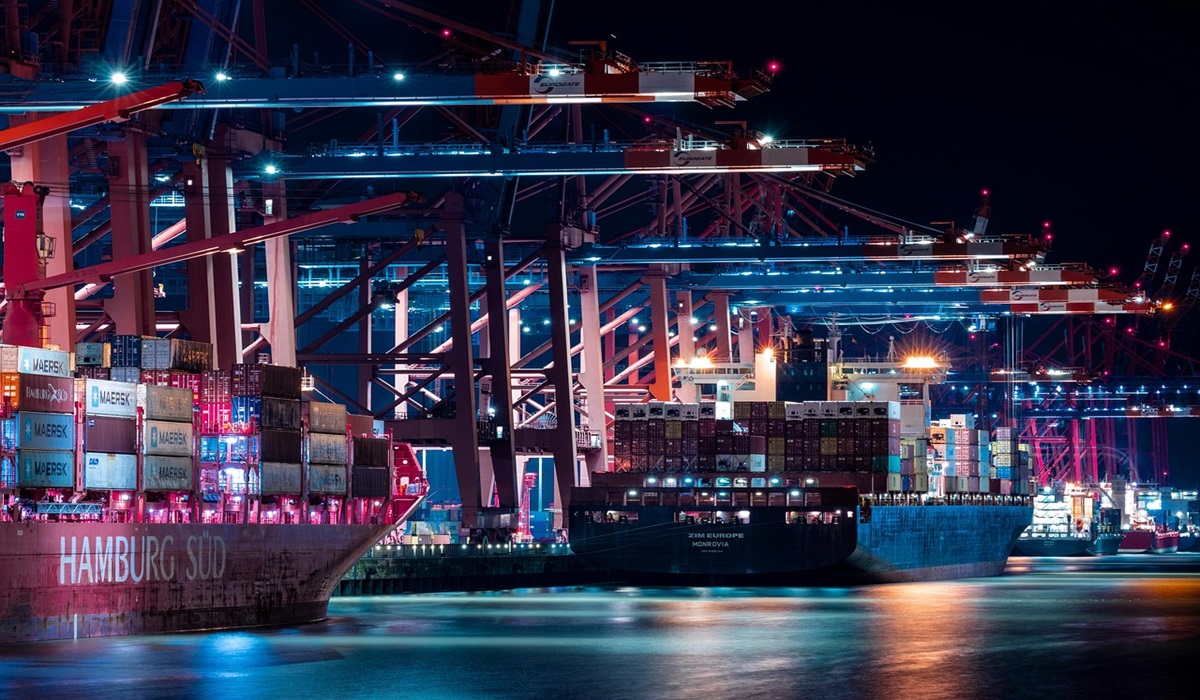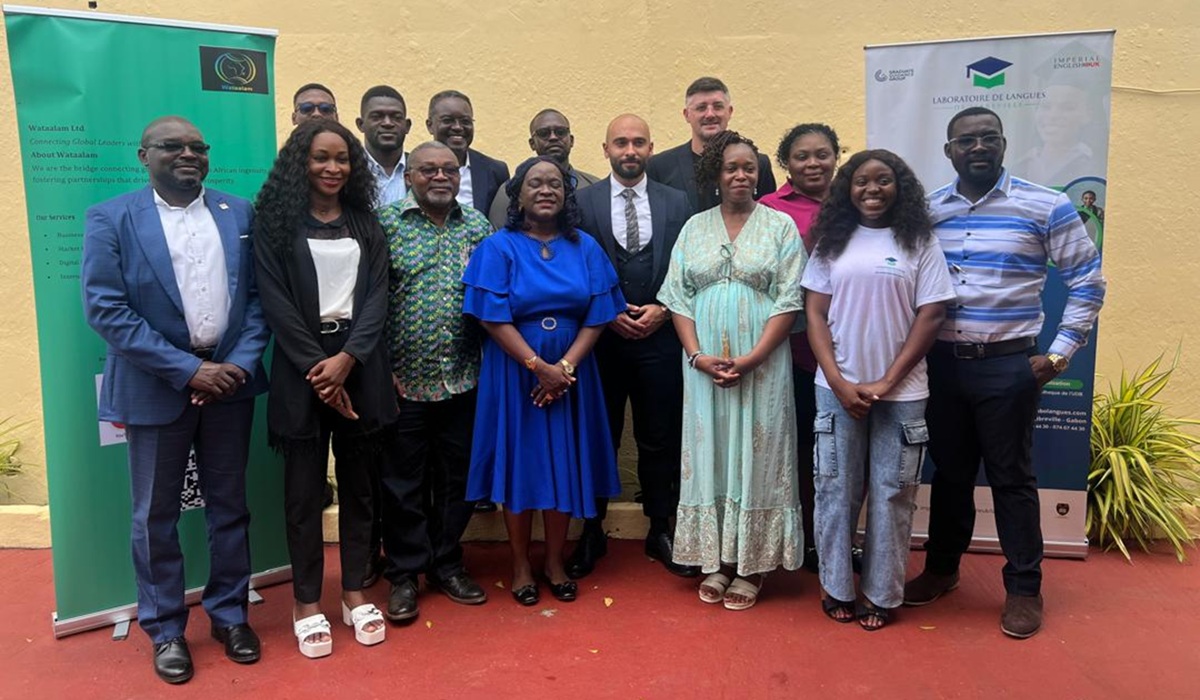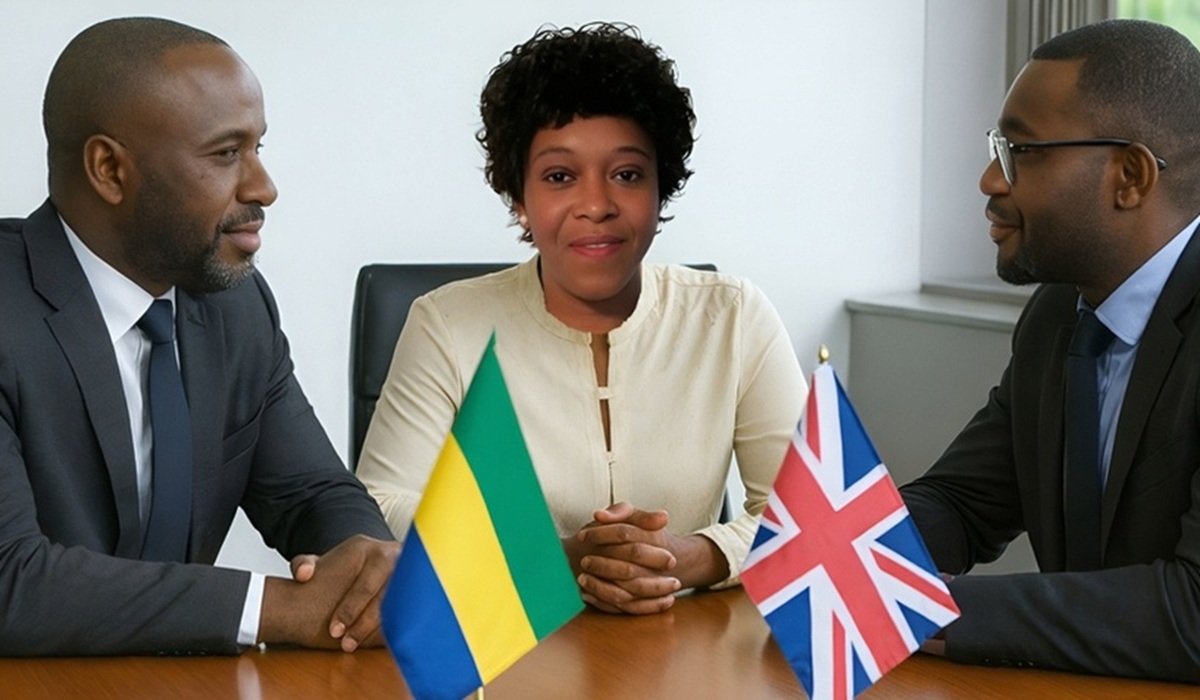The Law of Reciprocity and the Trump Administration’s Trade Strategy
- Naomi Dela Cruz
- Business
- Trending News
- July 21, 2025

Image Credit, Niklas
The law of reciprocity is a fundamental principle in international relations: nations respond to one another’s actions in kind. When a country offers cooperation and mutual respect, it often receives the same in return. But when it imposes restrictions, threatens economic punishment, or demands one-sided concessions, others are likely to push back. Under President Donald Trump’s second term in office, this principle is being tested on a global scale, particularly through his aggressive trade policies and use of tariffs.
Trump’s administration has doubled down on protectionism, arguing that America has long been exploited by unfair trade deals and foreign interests. In response, the White House has enacted sweeping tariffs on imports from China, the European Union, and even close allies like Canada and Mexico. These measures are intended to force countries back to the negotiating table—on U.S. terms. But rather than yielding to pressure, many countries are responding in ways that could reshape the global economy in ways unfavorable to Washington.
One of the most notable trends is the expansion and growing influence of the BRICS alliance, composed of Brazil, Russia, India, China, and South Africa. In recent years, several Southeast Asian and Middle Eastern nations have joined or sought closer ties with the bloc. Mexico has openly considered pursuing BRICS membership, while Canada is deepening its cooperation with the European Union in trade, environmental policy, and energy cooperation. These are not isolated developments—they reflect a broader trend of countries seeking alternatives to U.S.-centric trade systems in an increasingly multipolar world.
A key indicator of this shift is the rising trend of non-dollar trade settlements. China and Russia have already begun conducting much of their trade in yuan and rubles, bypassing the U.S. dollar. India has followed suit in several regional agreements. Some oil-producing nations are also signaling interest in pricing crude in alternate currencies. This gradual move away from dollar dependency reflects a growing discomfort with what many view as the politicization of the U.S. financial system—an issue intensified by sanctions, export restrictions, and tariff threats under Trump’s leadership.
At home, the economic results have been uneven. U.S. agriculture, particularly soybean and corn producers, have suffered significant losses from retaliatory tariffs imposed by China and other countries. Though federal relief programs have offered some short-term support, many American farmers have lost crucial long-term market access. In the technology sector, U.S. semiconductor firms have seen disruptions to global supply chains, coupled with rising competition from state-backed Asian tech industries. Even American manufacturers have been impacted, as import tariffs on raw materials like aluminum and steel have driven up costs and undercut their ability to compete.
However, it would be misleading to suggest that these global shifts spell inevitable disaster. Mexico’s interest in BRICS, for example, does not mean the country is abandoning its economic ties with the United States. Similarly, Canada’s growing alignment with the EU reflects a diversification strategy, not a rejection of North American cooperation. Still, these moves signal a loss of confidence in the reliability of U.S. leadership—particularly when that leadership is wielded through confrontation rather than collaboration.
President Trump’s economic strategy is built on the premise that America can and should reassert dominance by demanding better deals and punishing those who refuse. But this approach appears to be encouraging other nations to pursue new alliances and frameworks that bypass U.S. influence altogether. The principle of reciprocity ensures that force is met with resistance, and that policies perceived as punitive or unilateral will not go unanswered.
With two and a half years remaining in his current term, President Trump has ample time to either reverse course or double down on his economic posture. What remains to be seen is whether the United States will adapt to the changing global environment or continue to push policies that increasingly isolate it. The law of reciprocity, long a stabilizing force in international relations, is now being rewritten on Trump’s terms. Whether that leads to renewed strength or diminished influence for the United States will depend not only on the president’s strategy—but on the world’s response.








